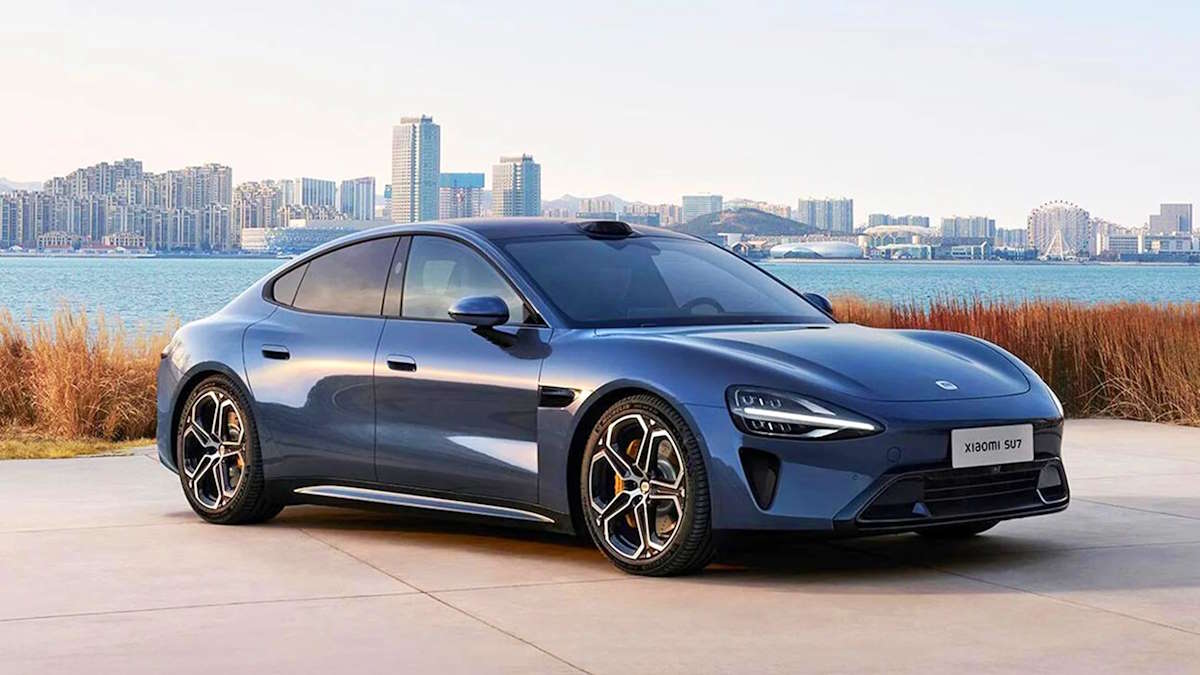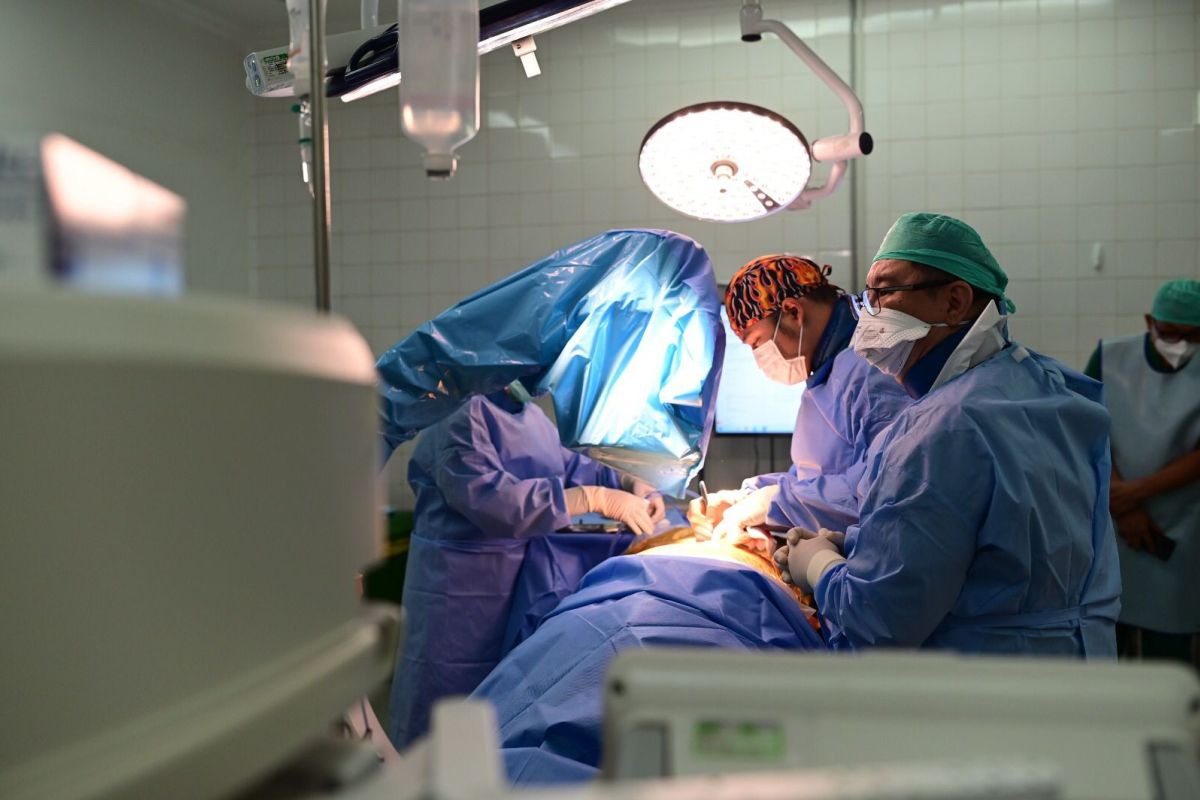#cell #phone #chance #saved #falling #airplane #kitchen #table
Research reveals why smartphones withstand drops from higher heights better compared to minor drops. (Archive)
Why can some cell phones survive a fall from an airplane, but not from the kitchen table? This was the question that former NASA mechanical engineer and renowned YouTuber Mark Rober, together with a journalistic team from the Wall Street Journal (WSJ), managed to decipher through an experiment in which he tested the concept of “terminal velocity.” ”.
Terminal velocity is a physical concept that describes the maximum speed that an object can reach in free fall, whether in air or water, by balancing the forces of gravity and the resistance of the fluid. When an object falls, it initially accelerates due to gravity. However, as your speed increases, the fluid resistance (or drag force) also increases.
Eventually, this resistance equals the force of gravity, causing the object to stop accelerating and move at a constant speed. This constant velocity is known as the terminal velocity.
In Rober’s experiment, the latest smartphone models from Apple and Samsung, the iPhone 14 and the Galaxy S23, demonstrated notable resistance to drops from various heights.
Surfaces such as asphalt cause significant damage to smartphones from lower heights. (Pixabay)
Mark Rober explained that an object reaches a maximum speed when the force of gravity is equal to the resistance of air; for a smartphone, this is around 97 kilometers per hour, suggesting that “regardless of whether the phone falls from 91 meters or from a higher height, the result would be the same due to this speed limitation.”
The resistance of these devices was tested using a drone, which dropped them from heights of 90 centimeters, 9.1 meters and 91 meters. Tests carried out on grass surfaces showed that both the iPhone 14 and the Galaxy S23 withstood impacts well, even from the greatest height, showing only small marks of dirt on their charging ports.
However, the impact resistance was different when changing the surface to asphalt. From a height of just 90 centimeters, the devices showed only minor nicks and abrasions, but increasing the height to 9.1 meters resulted in significant damage: the iPhone 14 ended up with its glass back completely broken and the Galaxy S23 with cracks in the OLED screen that affected its functionality.
OtterBox Defender protective cases provided an improvement in the resistance of the devices. (Mark Gurman/Bloomberg)
Rhett Allain, associate professor of physics at Southeastern Louisiana University, explained the importance of deceleration and how it affects the material of the impact surface: “The grass cushions the falling object, allowing for a slower deceleration. Harder surfaces like asphalt, or your bathroom tiles, cause a much more abrupt deceleration,” he told the WSJ.
To complement the study, additional tests were carried out using OtterBox Defender protective cases, from 91 meters high with OtterBox Defender protective cases. The phones showed a notable improvement in resistance, although they were not invulnerable.
The iPhone 14 suffered a complete rear glass break, while the Galaxy S23 experienced a severe bend that left it completely damaged. Doug Kempel, vice president of engineering at OtterBox, highlighted the importance of design in protective cases, noting that “a good case can provide crucial protection” to these devices.
OtterBox Defender cases are designed to absorb shock before it reaches your phone. These cases are subjected to tests that include 26 drops from a height of 1.2 meters, ensuring extensive protection against impacts on various parts of the device.










